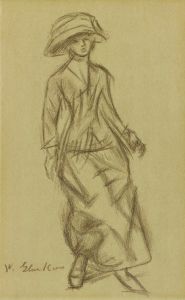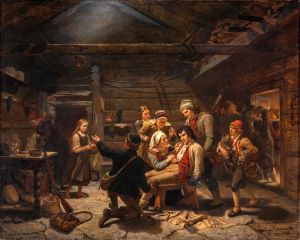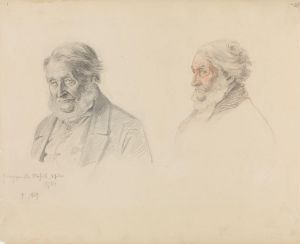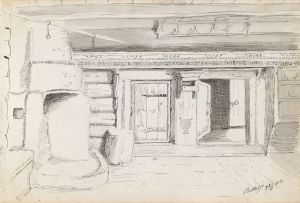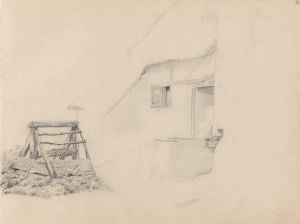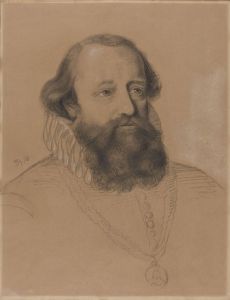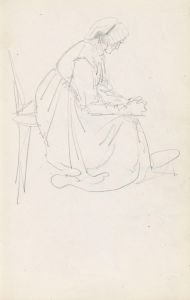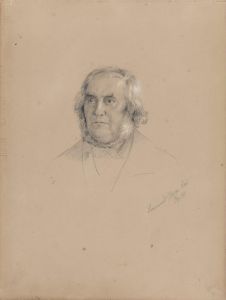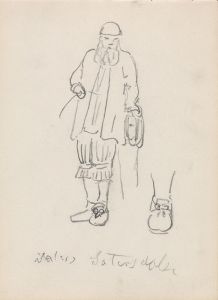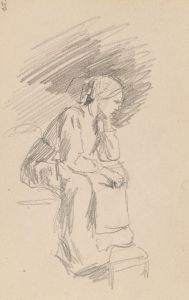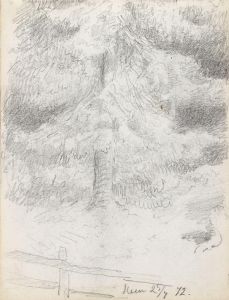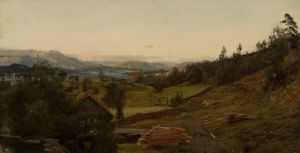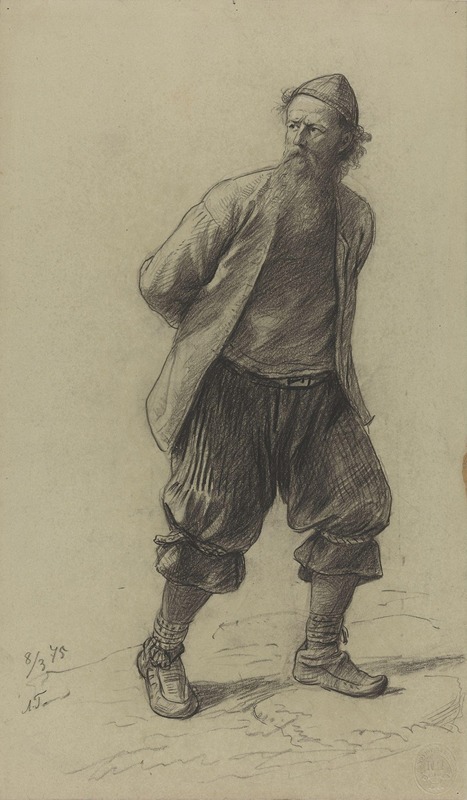
Gående mann med lue og skjegg
A hand-painted replica of Adolph Tidemand’s masterpiece Gående mann med lue og skjegg, meticulously crafted by professional artists to capture the true essence of the original. Each piece is created with museum-quality canvas and rare mineral pigments, carefully painted by experienced artists with delicate brushstrokes and rich, layered colors to perfectly recreate the texture of the original artwork. Unlike machine-printed reproductions, this hand-painted version brings the painting to life, infused with the artist’s emotions and skill in every stroke. Whether for personal collection or home decoration, it instantly elevates the artistic atmosphere of any space.
Adolph Tidemand, a prominent Norwegian painter of the 19th century, is widely recognized for his contributions to the Romantic Nationalism movement in Norway. His works often depicted Norwegian folk life, traditions, and rural culture, capturing the essence of the nation's identity during a time of growing national consciousness. Among his many works, Gående mann med lue og skjegg (translated as "Walking Man with Cap and Beard") is one of his lesser-known pieces.
This painting portrays a man walking, dressed in traditional Norwegian attire, including a cap and a beard, which were common features of rural Norwegian men during the 19th century. The artwork reflects Tidemand's characteristic attention to detail and his ability to convey the dignity and simplicity of everyday life in Norway. The subject's clothing and demeanor suggest a connection to the rural communities that Tidemand frequently depicted in his art.
Adolph Tidemand was born in 1814 in Mandal, Norway, and studied art in Copenhagen, Düsseldorf, and other European cities. He became a central figure in the Düsseldorf School of painting, which emphasized detailed, realistic depictions of subjects. Tidemand's works often combined this realism with a Romantic sensibility, celebrating the cultural heritage of Norway. His paintings, including Gående mann med lue og skjegg, are considered important visual documents of 19th-century Norwegian life.
While Gående mann med lue og skjegg is not as famous as some of Tidemand's other works, such as Haugianerne or Brudeferd i Hardanger (created in collaboration with Hans Gude), it remains an example of his dedication to portraying the Norwegian people and their traditions. The painting is believed to have been created during the mid-19th century, a period when Tidemand was actively producing works that celebrated Norway's rural culture.
As with many of Tidemand's paintings, Gående mann med lue og skjegg is valued for its ethnographic significance as well as its artistic merit. It provides insight into the clothing, posture, and demeanor of Norwegian rural men during the time, contributing to a broader understanding of the nation's cultural history.
Further details about the painting, such as its current location or the exact year of its creation, are not widely documented. However, it remains a testament to Tidemand's skill as a painter and his commitment to preserving Norway's cultural identity through art.





